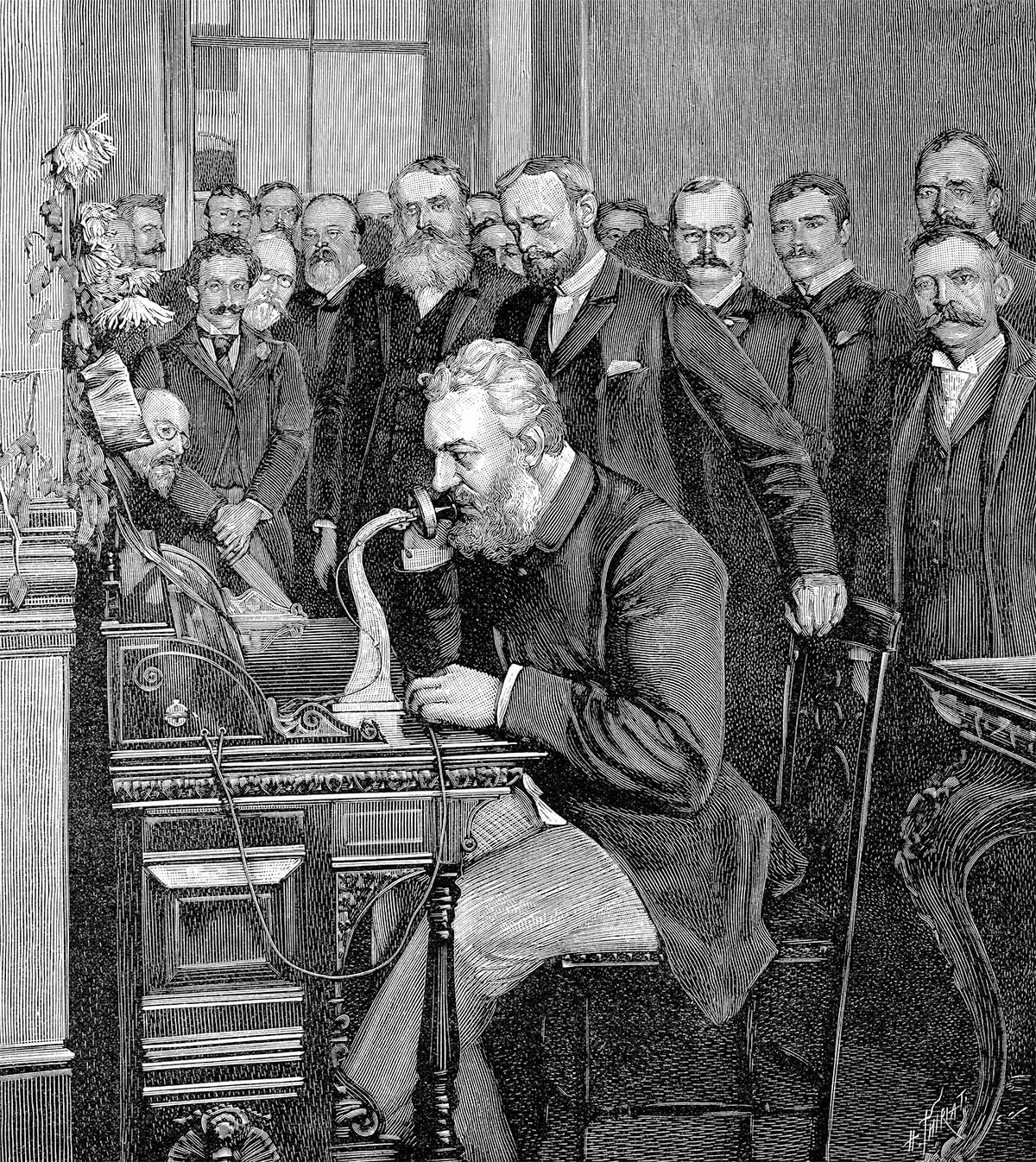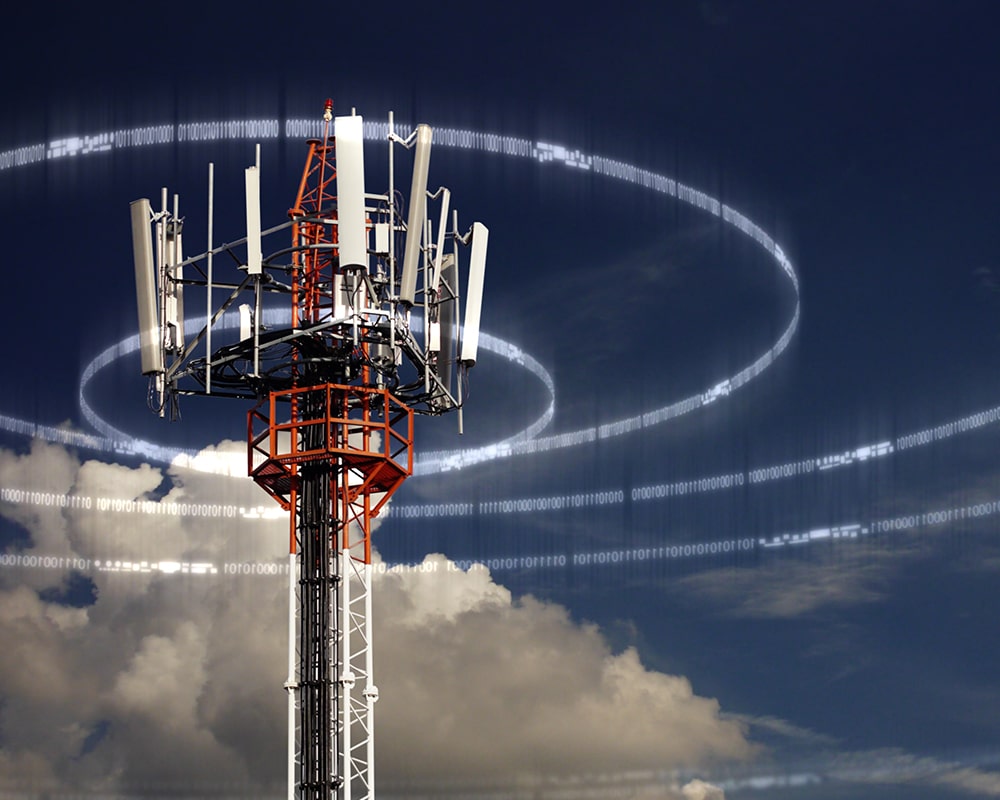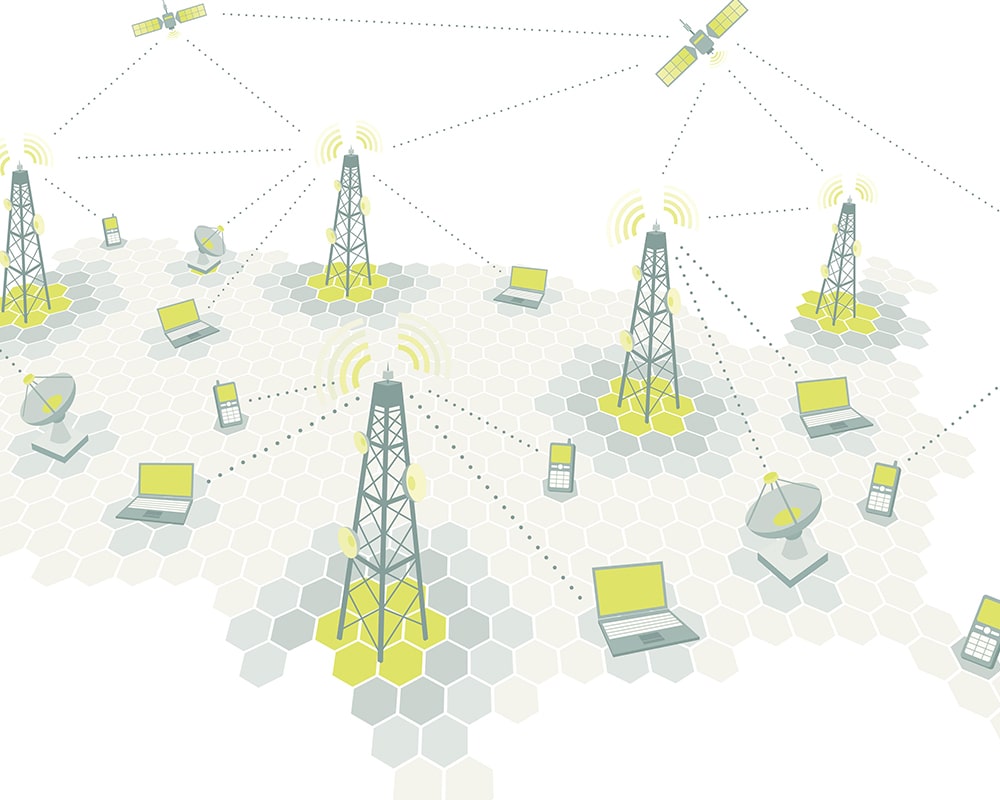Even in the “wireless” age, copper wire remains a backbone of the telecommunications industry

Early inventors in the 1800’s such as Elisha Gray, Alexander Bell, Nikola Tesla and Thomas Edison all recognized early on that copper wire was an excellent conductive material for the transmission of telegraph, telephone and facsimile signals.
Despite predictions of its demise, copper wire remains an important conduit for both short-range communications. Fiber optic cable and satellite communications have taken leading roles in recent years as the preferred mediums for long-distance telecom.
Although wire usage has been affected, it is far from obsolete. On the contrary, copper is an integral part of exciting new transmission processes, HDSL and ADSL (High Digital Subscriber Line and Asymmetrical Digital Subscriber Lines) that can extend the message-carrying capacity of existing twisted copper wire pairs to that of optical fiber without the expense of switching systems.

xDSL technologies such as VDSL & SHDSL, made possible through multiplexing technology, enable existing twisted wire pairs to carry much larger signals, enabling high speed data transmission, especially in the case of DSP (Digital Signal Processing) which enables transmission at speeds that far exceed standard cable phone wiring.
One primary advantage is that lines are open 24 hours a day. Another is that this technology uses different parts of the available spectrum to carry voice and data, with the ability to use both simultaneously. Besides internet-type data transmission, xDSL applications are expanding to include remote LAN access, video conferencing, medical diagnosis, distance learning and video on demand.
The impact of wireless, optical fiber and satellite communications
Wireless communications, satellite information relays and the increased use of optical fiber are extremely important developments in the field of telecommunications. Yet, contrary to what some may think, they do not necessarily mean the end of copper.


As ‘traditional’ analogue voice telephony systems are upgraded to digital systems, more copper wire and alloy products are required for use in the telephones and base stations that permit wireless communications. Even in optical fiber systems, copper is still used extensively in interface devices and infrastructure.
The telecommunications market is evolving fast. Thanks to new technologies that allow compression as well as bandwidth broadening, copper cable networks can now be used to deliver broadcasting and high-speed interactive services – without being significantly constrained by their capacity. The new contenders for data transmission, cable companies, hope to capitalize on available bandwidth of existing co-axial copper cables to pick up some of the internet-derived business opportunities. Time will tell how the current balance will shift between the different systems in operation.

